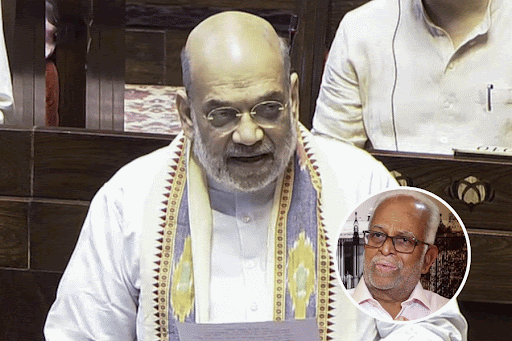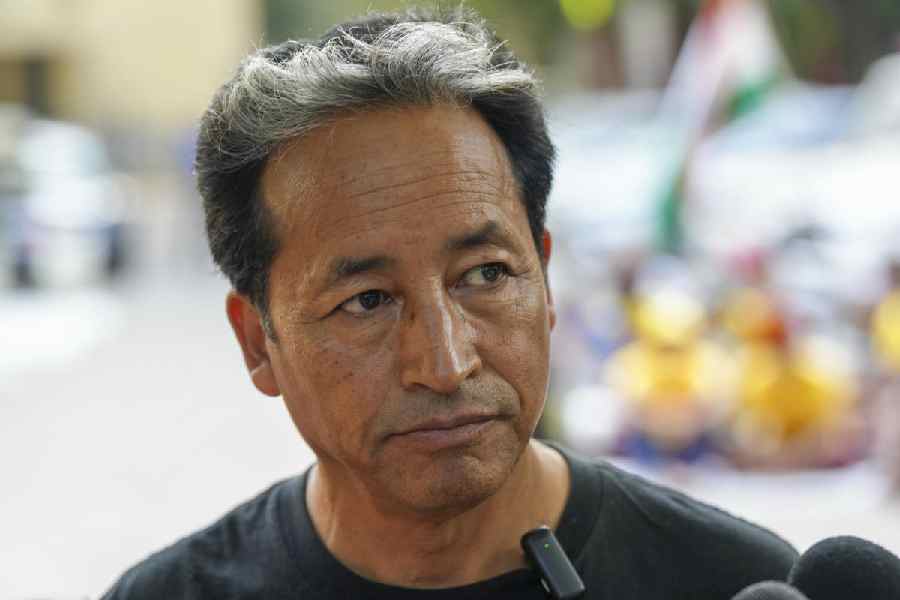 |
| Going East |
New Delhi, March 2: The Centre will soon unveil plans to fulfil the budget promise of bringing the Green Revolution to the east, and the proposals could include developing “market gardens” — farming clusters around cities like Calcutta to supply fruits and vegetables.
“We need to push up foodgrain production from the current 227 million tones to 270 million tones and to do that, it is imperative that we take the Green revolution to Bengal, Jharkhand, Bihar, eastern Uttar Pradesh and Orissa,” finance minister Pranab Mukherjee said during an interaction with The Telegraph.
The eastern states have a well-formed riverine system and an irrigation network fed by several large dams. This makes it cheaper for the Centre to bring its plan to fruition by using a combination of better seeds, farming techniques and water resources to get higher farm yields.
The government has budgeted just Rs 400 crore for the Green Revolution in the east, not thousands of crores, which are required in areas that do not have big rivers or dams.
There is an unstated political incentive, too. The Congress, Mukherjee’s party, expects the planned Green Revolution to shore up the party’s base among farmers in the eastern states, especially in Bengal where elections were announced yesterday, and Uttar Pradesh next year.
The minister explained why the focus of his farm plans was on the east. “We have to grow food to feed some 120 crore Indians. Neither the original Green revolution granary of Punjab-Haryana-western Uttar Pradesh is sufficient to take care of the growing needs, nor can so many people depend on food imports. So an eastern Green Revolution is imperative. We have to give food security to our people.”
Officials said Rs 600 crore from edible oil and pulses mission — ongoing plans that were launched several years back — could be ploughed into the eastern states to increase acreage and yields of the two key food items whose high prices have fuelled the spurt in inflation.
The food security mission aims to produce an additional 8 million tonnes of wheat, 10 million tonnes of rice and two million tonnes of pulses over the next four years, with most of the increased yields expected to come from the eastern states. The plan has acquired added urgency after agriculture minister Sharad Pawar’s estimate that India would need 25 million tonnes of additional grain by 2011-12 itself.
The food challenges have an international dimension, too. A note prepared by Pawar’s ministry claims that when a large buyer like India procures grain from abroad, the massive purchases drive global prices and put grain out of the reach of the less developed countries in Asia and Africa. Many of these have seen food riots in the past.
Market gardens
The market garden plan aims to solve another food-related problem blamed for the high food inflation: soaring vegetable and fruit prices.
“If anyone analyses food price trends over the past year (the current financial year, 2010-11), the first half witnessed increases in prices of cereals, pulses and edible oils, while the second half witnessed increase in prices of vegetables, fruits, milk etc. We plan to have market garden clusters around major urban centres. The agriculture ministry will be announcing plans for this shortly,” Mukherjee said.
The initiative, for which Rs 300 crore has been earmarked in the budget, was experimented with in the 17th and 18th centuries when Chelsea was turned into a market garden supplying to London fruits and vegetables that were earlier coming from far-off East Anglia, in the UK’s east. Such concepts have been adopted in France and elsewhere.
Last year, Tamil and Nadu and Andhra Pradesh had floated similar proposals, dubbing the clusters “kitchen gardens”. Pawar’s agriculture ministry had sought funds from the finance ministry for the plan.











